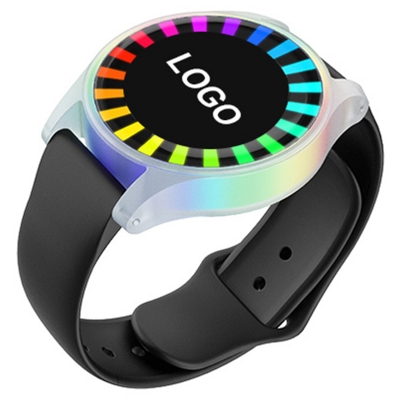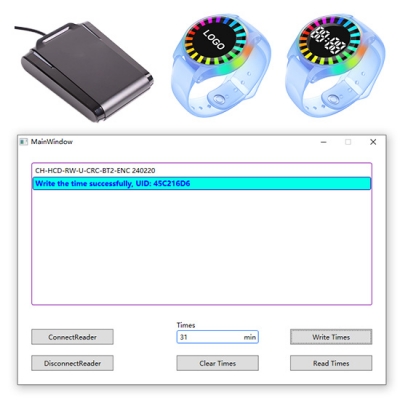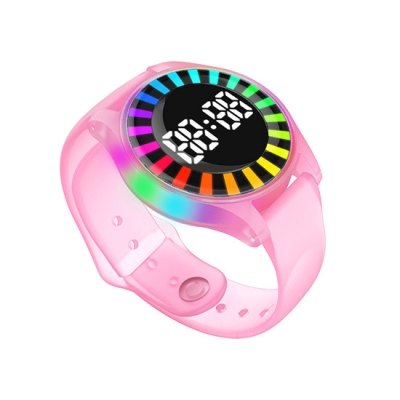◆Technical Principles
RFID Smart Cards: RFID smart cards communicate with a reader using wireless radio-frequency signals. They consist of a chip and an antenna that enable wireless reading and writing of data through radio waves.
Magnetic Stripe Cards: Magnetic stripe cards use a magnetic material to store data. The stripe contains magnetic particles that are read and written using a magnetic head on a card reader.

◆Data Storage Capacity
RFID Smart Cards: Typically, RFID smart cards have larger data storage capacity. The chip inside the card allows for storing more information, enabling a broader range of applications.
Magnetic Stripe Cards: Magnetic stripe cards have relatively smaller data storage capacity. The length and density of the magnetic stripe determine the limitations on the amount of data that can be stored.
◆Read/Write Speed and Reliability
RFID Smart Cards: RFID smart cards offer faster read/write speeds as they can wirelessly transmit data when in proximity to a reader. This convenience enhances efficiency and allows for contactless transactions.
Magnetic Stripe Cards: Magnetic stripe cards require physical contact between the card and reader for data to be read or written, resulting in slower speeds. Additionally, magnetic stripes are susceptible to magnetic fields and scratches, leading to lower reliability.

◆Lifespan
RFID Smart Cards: RFID smart cards have a longer lifespan. The chip inside the card is durable and less susceptible to external factors, ensuring data integrity and card longevity.
Magnetic Stripe Cards: Magnetic stripe cards have a shorter lifespan as the magnetic stripe is prone to damage, such as scratches or exposure to magnetic fields.
◆Security
RFID Smart Cards: RFID smart cards offer higher security features. The chip supports encryption and password functionalities, providing enhanced data security and protection against unauthorized access.
Magnetic Stripe Cards: Magnetic stripe cards have relatively lower security. The data on the magnetic stripe can be vulnerable to hacking or duplication, making them less secure for sensitive applications.
All in all, RFID smart cards and magnetic stripe cards differ in several aspects. RFID smart cards utilize wireless radio-frequency signals, offer larger data storage capacity, faster read/write speeds, longer lifespan, and higher security. On the other hand, magnetic stripe cards rely on physical contact and have smaller data storage, slower read/write speeds, shorter lifespan, and lower security. Choosing between these two technologies depends on specific requirements and the intended application.















